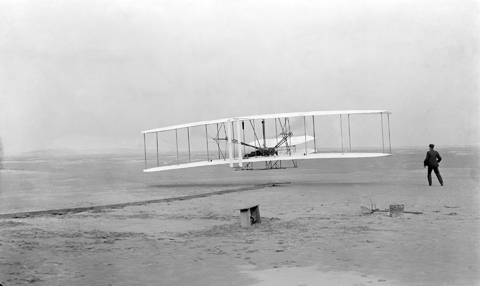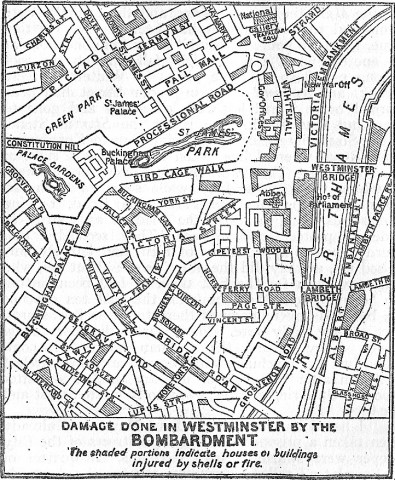Holiday reading
The 19th Military History Carnival has been posted at Military History and Warfare. For my pick from this edition I can’t go past the first entry, on the interwar RAF at Thoughts on Military History. It’s part of the first chapter of his thesis, and it’s a very good overview of the financial and operational […]






